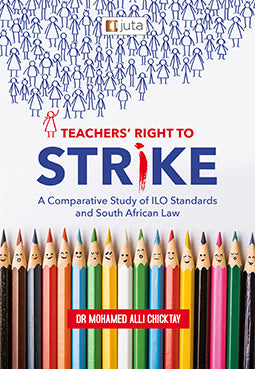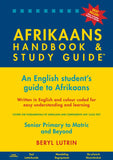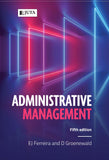
Teachers’ Right to Strike: A Comparative Study of ILO Standards and South African Law
Prior to 1994, black teachers in South Africa were denied the right to strike. This left them vulnerable to exploitation and with little recourse to justice. The Constitution entrenched employees’ and teachers’ collective right to strike in the Bill of Rights.
| ISBN: | 9781485139522 |
| Publisher: | Juta Publishers |
| Variant: | Printed |
| Author(s): | Chicktay, MA |
| Edition: | 1st Edition |
CHAPTER 1: INTRODUCTION
CHAPTER 2: THE IMPORTANCE OF PROTECTING TEACHER UNIONS’ RIGHT TO STRIKE: AN ANALYSIS OF THE DEBATE
CHAPTER 3: THE IMPORTANCE OF COMPLYING WITH ILO STANDARDS
CHAPTER 4: SOURCES OF STRIKE LAWS AND STANDARDS: THE ILO AND SOUTH AFRICA CHAPTER 5: DEFINITION OF STRIKES
CHAPTER 6: PRE-STRIKE PROCEDURES
CHAPTER 7: CIRCUMSTANCES WHERE STRIKES ARE PROHIBITED
CHAPTER 8: THE CONSEQUENCES OF PROTECTED STRIKES AND PROTEST ACTION CHAPTER 9: CONSEQUENCES OF UNPROTECTED STRIKES
CHAPTER 10: BALANCING THE RIGHT TO STRIKE AND THE RIGHT TO EDUCATION IN COMPLIANCE WITH ILO STANDARDS
We Also Recommend





